Category: Games
-
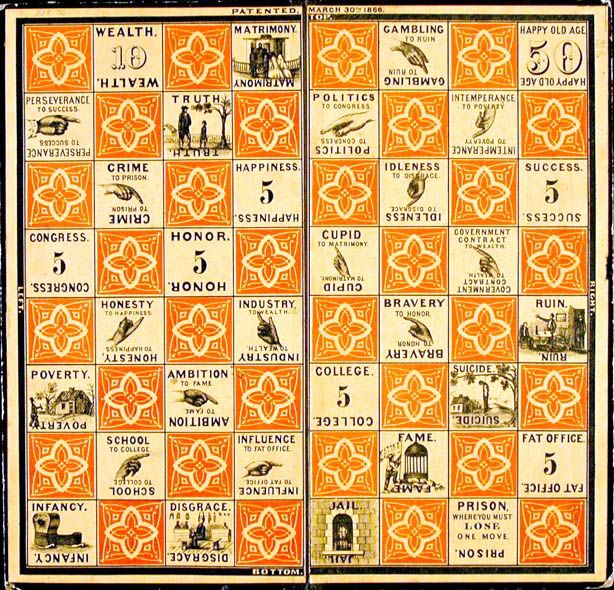
The Meaning of Life, the Board Game
What’s the meaning of Life, the board game? I was delighted to find that my friend David Argellies bought a copy of this Milton Bradley classic at a yard sale. (Also, it turns out the the game is called “Destins” in French, which only ups the charm.) Along with Monopoly and Hotels, this is one…
-

News Sites Are Betting on Games—But Are They Missing the Bigger Opportunity?
American news sites are betting big on video games. But are they just the same old ideas? The New York Times had an article early in the summer about how news websites are turning to video games to gain subscribers and entice them to come back regularly. They mention newspapers such as The Washington Post,…
-

Building a “Puzzle Factory” for CRISPR Crunch
CRISPR Crunch is a fast-paced puzzle game for mobile, in which the player fends off waves after wave of attacking viruses. To kill a virus, you match the sequence of colors on the virus DNA with those in the hexagonal grid in the center of the screen. The basic gameplay is pretty simple – the player…
-
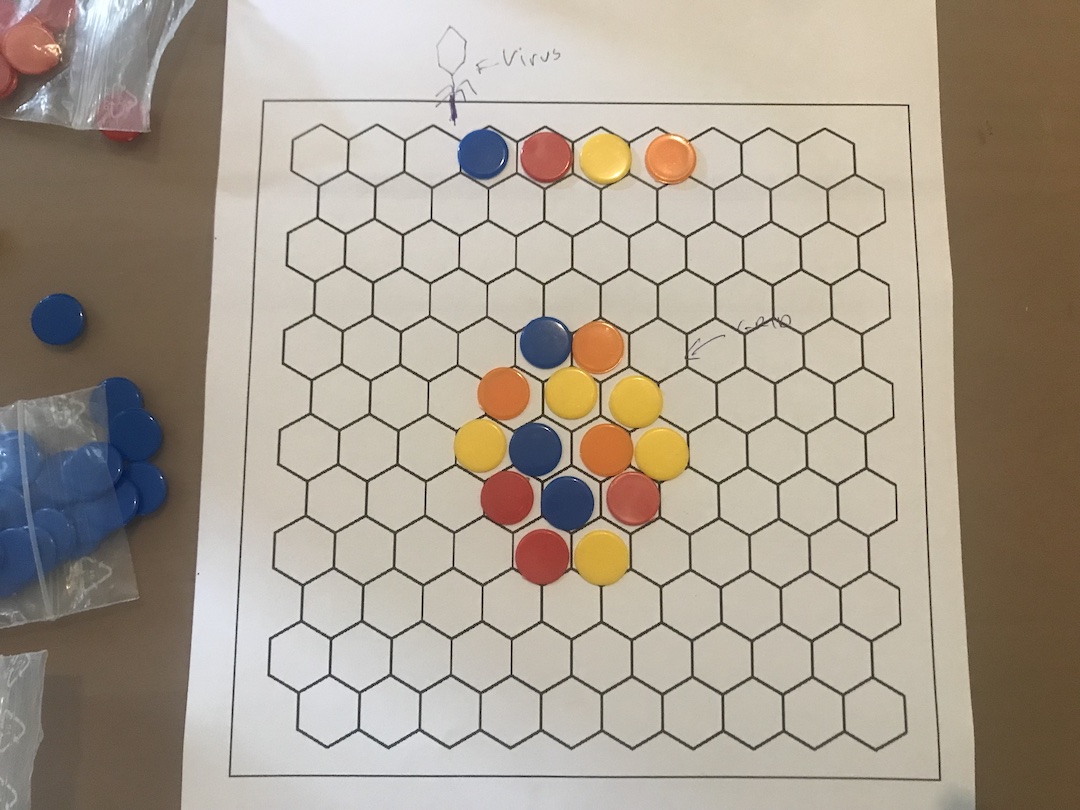
How CRISPR Crunch Transformed from Tower Defense to Pattern-Matching Puzzle
Originally posted on playcurious.games Our game CRISPR Crunch is a fast-paced puzzle game for mobile, in which the player fends off waves of attacking viruses by matching the sequence of colors on the virus DNA with those in the hexagonal grid in the center of their screen. But it didn’t start this way! At first, CRISPR Crunch…
-
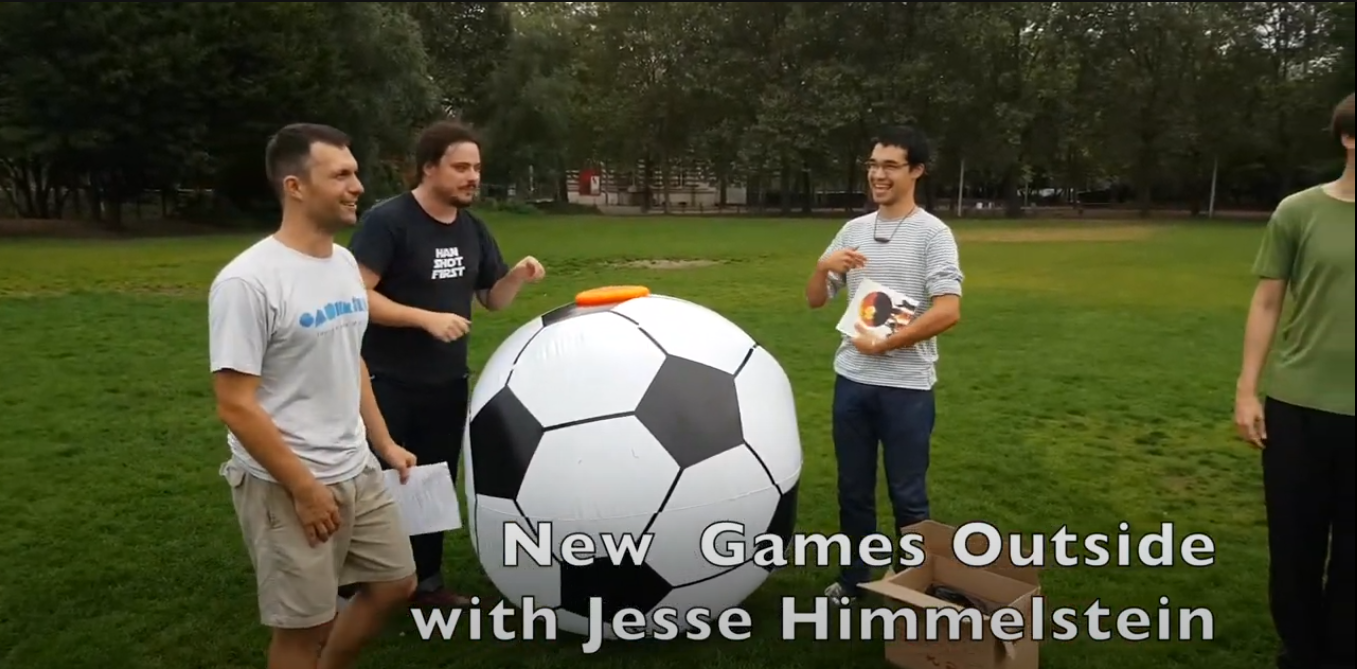
New Games Outside – quick intro
Recorded in Parc de la Villette in Paris, September 5, 2016. Thanks to Mourdjen Bari for filming, to Benjamin Misiak for carrying heavy boxes, and to everyone who came out for making this a great event despite the rain! For more info on what New Games has become, check out Bernie de Koven’s site http://www.deepfun.com/
-
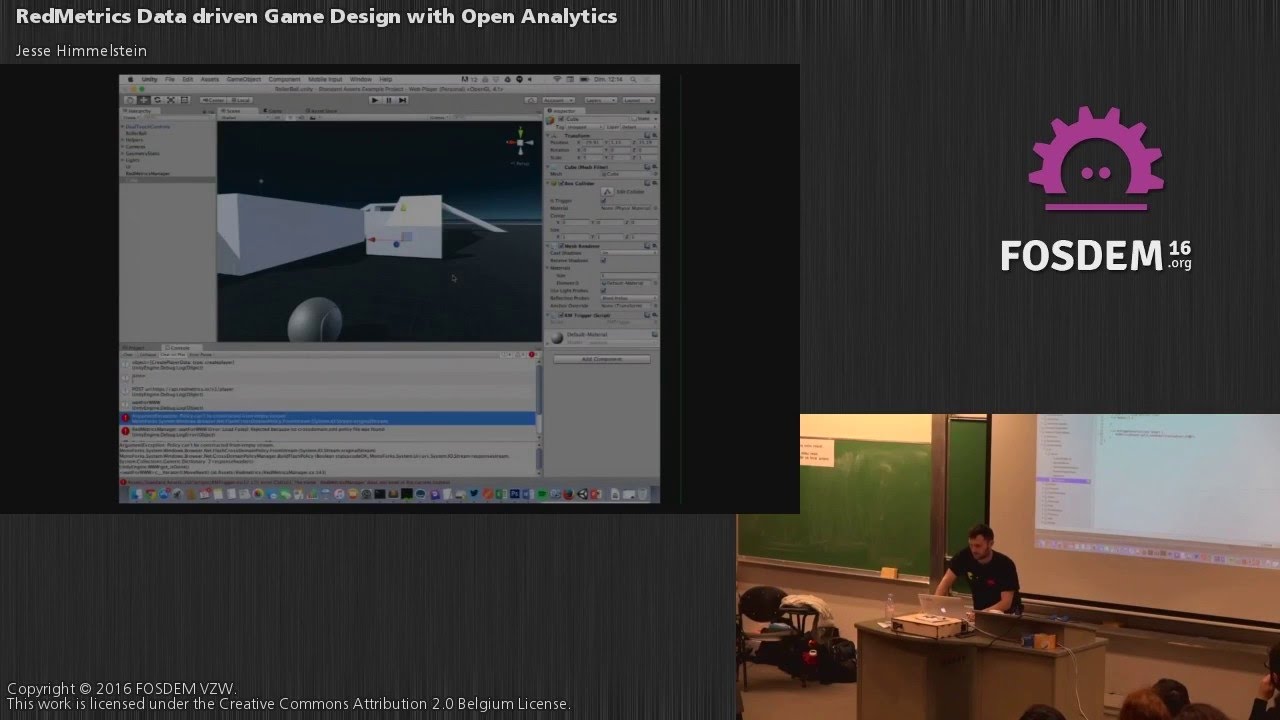
-
RedWire: a novel way to create and re-mix games
I had forgotten to post this article from 2014. RedWire: a novel way to create and re-mix games
-

Biography of Eric Chahi (Another World / Heart of Darkness / From Dust)
Reposted from the Gamelier I have such strong memories of first playing “Another World”, aka. “Out of this World.” A friend lent me a floppy disk with it on it, and I loaded it up my parent’s PC without any idea of what it was. The lack of introduction only amplified the mystique of starting…
-
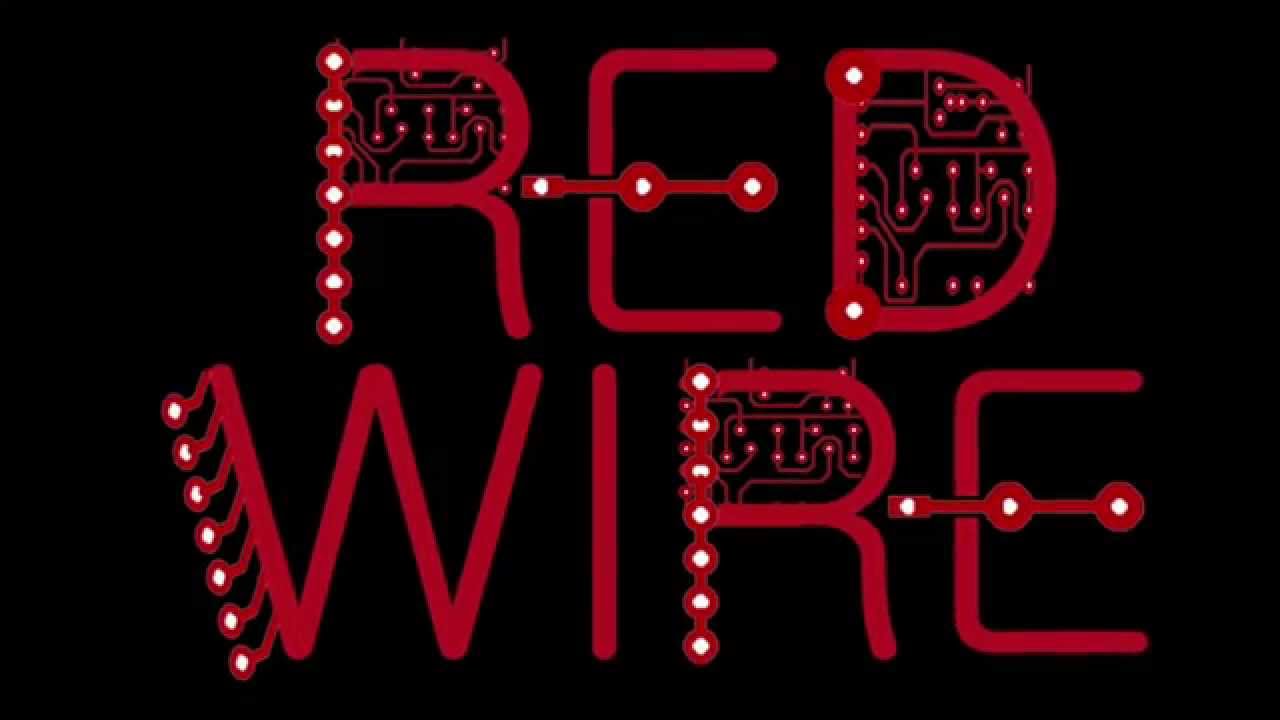
RedWire Game Jam
Reposted from the Gamelier Creating games from scratch is hard. What if we could “remix” existing games, just like we do for music? That was the aim of the RedWire game jam that took place in Paris over the weekend of July 25-27. The event was a collaboration between four organizations: the Center for Interdisciplinary…
-

Experience and Education by John Dewey
Originally posted at Gamelier. I’m not accustomed to reading philosophy, but really enjoyed reading Experience and Education, by John Dewey. It’s a slim book of not even 100 pages, but is beautifully written, exceptionally clear and intelligent. Experience and Education was written in 1938 as a followup to an earlier book, Democracy and Education, which he had…